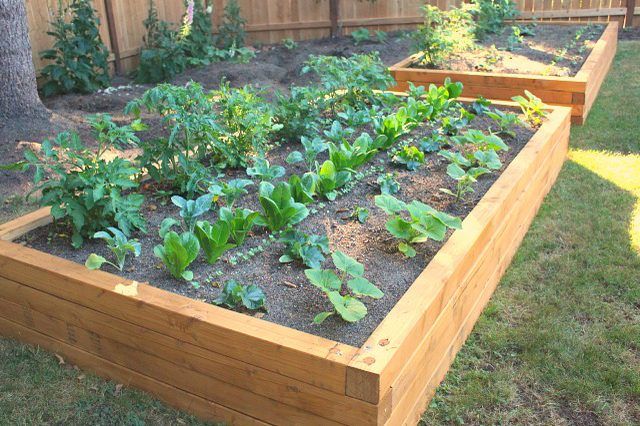Bulbs
Flower Basics
Flower Beds & Specialty Gardens
Flower Garden
Garden Furniture
Garden Gnomes
Garden Seeds
Garden Sheds
Garden Statues
Garden Tools & Supplies
Gardening Basics
Green & Organic
Groundcovers & Vines
Growing Annuals
Growing Basil
Growing Beans
Growing Berries
Growing Blueberries
Growing Cactus
Growing Corn
Growing Cotton
Growing Edibles
Growing Flowers
Growing Garlic
Growing Grapes
Growing Grass
Growing Herbs
Growing Jasmine
Growing Mint
Growing Mushrooms
Orchids
Growing Peanuts
Growing Perennials
Growing Plants
Growing Rosemary
Growing Roses
Growing Strawberries
Growing Sunflowers
Growing Thyme
Growing Tomatoes
Growing Tulips
Growing Vegetables
Herb Basics
Herb Garden
Indoor Growing
Landscaping Basics
Landscaping Patios
Landscaping Plants
Landscaping Shrubs
Landscaping Trees
Landscaping Walks & Pathways
Lawn Basics
Lawn Maintenance
Lawn Mowers
Lawn Ornaments
Lawn Planting
Lawn Tools
Outdoor Growing
Overall Landscape Planning
Pests, Weeds & Problems
Plant Basics
Rock Garden
Rose Garden
Shrubs
Soil
Specialty Gardens
Trees
Vegetable Garden
Yard Maintenance
How to Plant a Raised Vegetable Garden
Planting a raised garden bed is easier than you think. All you need is a few seeds, some soil, little water and some sunlight.
Planting a raised vegetable garden is easier than you think. All you need are a few seeds, some soil, little water and some sunlight, and you'll be on your way to harvesting vegetables in no time.
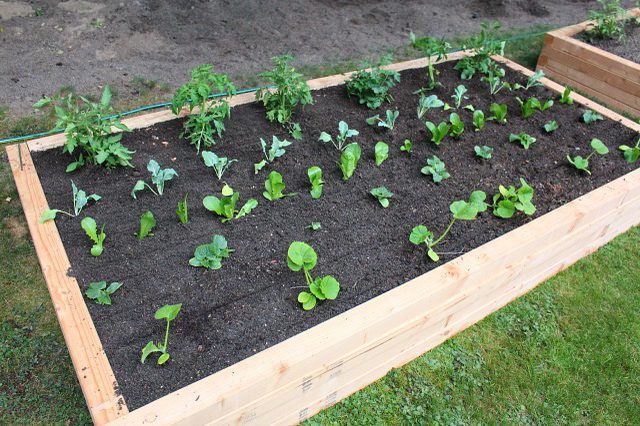
Step 1: Starting From Scratch
For best results, place your raised garden bed in a level area with at least 6 to 8 hours of sunlight and good drainage. Be sure to have a water source nearby so you'll be able to water your garden easily.
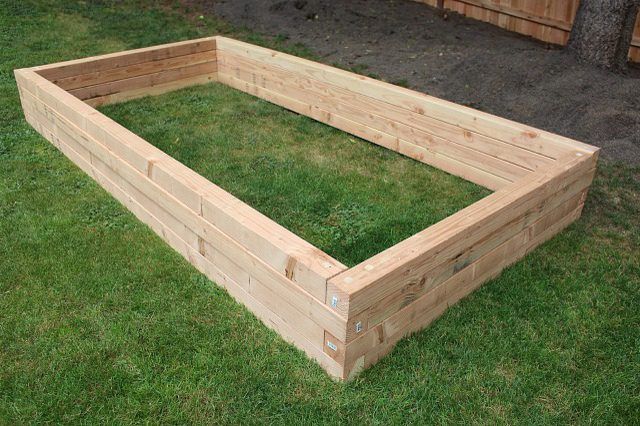
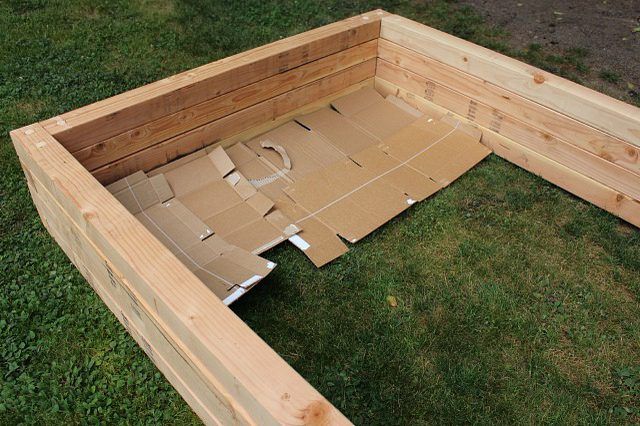
Step 2: Smother Weeds
If you will be planting over grass or weeds, simply lay down cardboard to smother the grass or weeds. Over time the cardboard will decompose and enrich your garden soil.
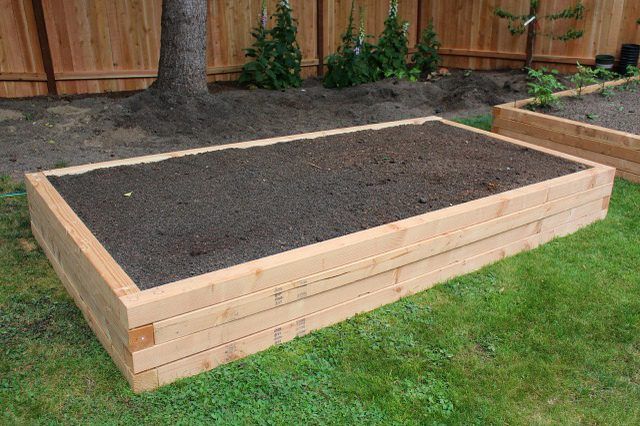
Step 3: Garden Soil
Fill your garden raised vegetable garden bed with a good mixture of compost, manure and garden soil. You can also check with you local landscape company for deals on soil. Most landscape companies sell garden soil blends by the yard. The amount you need will depend on how large your garden bed is and how deep you need your beds to be.
If you are planting root crops like carrots and parsnips, you'll want at least 18 inches of soil so the roots can develop properly. However if you are growing vegetables with shorter root systems like lettuce and peas, 4 to 6 inches of soil is adequate. When in doubt check your seed packets or plant tags for depth requirements.
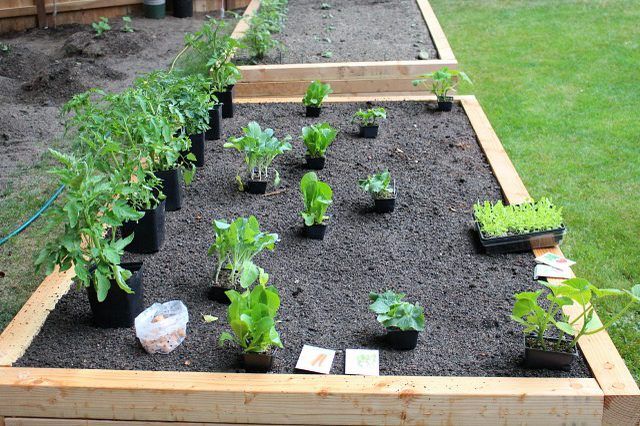
Step 4: Plant Placement
Now comes the fun part, placing your plants. If you have OCD you can draw out a map detailing where every plant should go. If you don't, simply layout your plants tallest to shortest. Your planting start date will depend on where you live. Check plant tags and seed packets to determine how much distance between each plant you'll need for optimal growth.
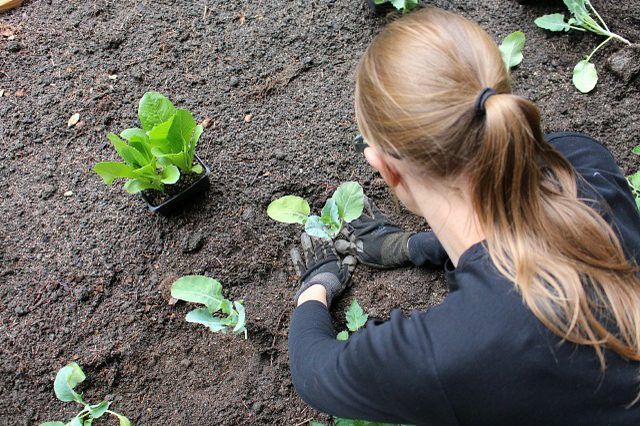
Step 5: Companion Planting
Not all plants get along so take the time to research what plants benefit from each other. For instance tomatoes grow well next to carrots, basil, onions and chives. By planting vegetables with root systems that donít interfere with one another, you'll crops will grow better.
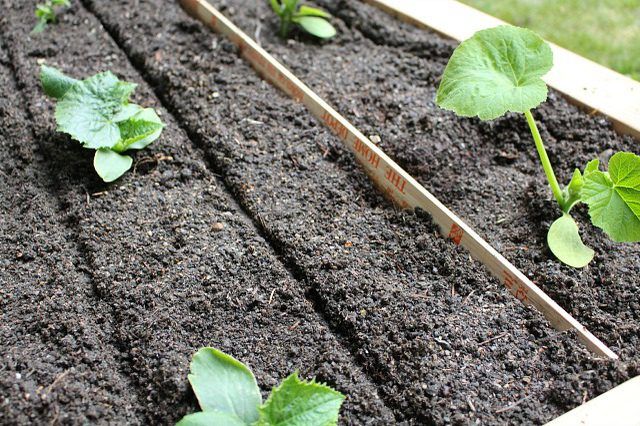
Step 6: Maximizing Your Garden Space
To maximize your growing space, plant root crops like carrots, beets, turnips and parsnips in rows between plants that you will harvest sooner. Beans, cucumbers, lettuce and summer squash typically are typically ready to harvest 30 to 50 days after planting. Since most root crops take anywhere from 50 to 100 days, this will maximize your growing potential. Check individual seed packets or plant tags for recommended spacing distance and approximate days until harvest.
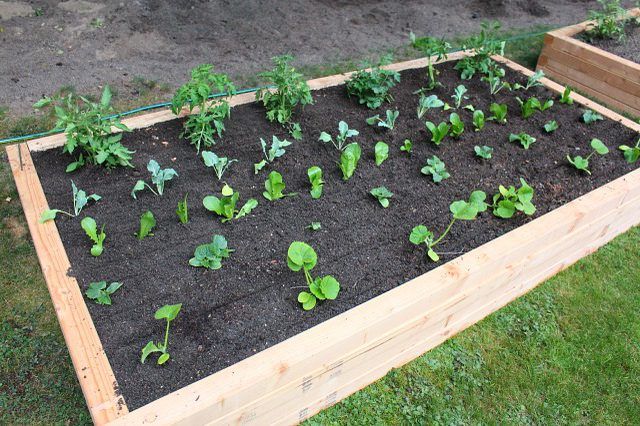
Step 7: Sit Back and Relax
Once your garden box is all planted, you can sit back and relax. Well, you'll need to keep your garden bed watered and weeded, of course, but once you have the garden planted, all the hard work is done.
